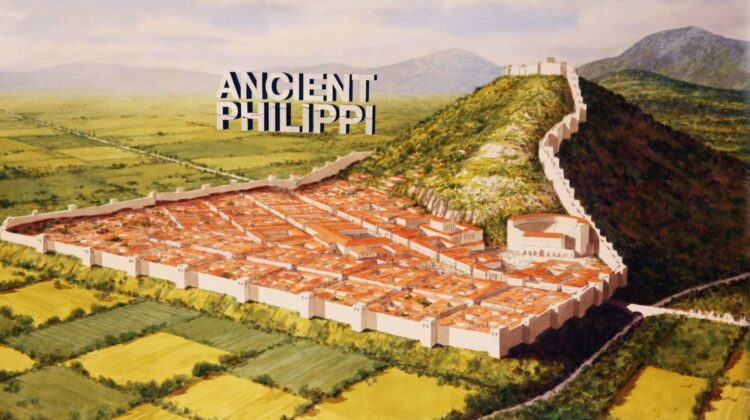
Nestled in eastern Macedonia, Greece, lies the ancient city of Philippi, a captivating tapestry woven from threads of Hellenistic, Roman, and Byzantine eras. Its history, rich and multifaceted, stretches back to around 360 BCE, when it was first established as Crenides by Thasian colonists.
From Humble Beginnings to Golden Glory
Crenides, aptly named for its abundant springs (Crenides translates to “fountains” in Greek), was initially a small settlement. However, its fate changed dramatically with the arrival of Philip II of Macedon in 356 BCE. Recognizing the city’s strategic location near lucrative gold mines in Mount Pangaeus, Philip fortified Crenides, renamed it Philippi after himself, and established a royal mint to capitalize on the region’s wealth.

A Pivotal Battle Shapes Philippi’s Destiny
Philippi’s prominence soared further in 42 BCE, when it became the stage for a momentous clash that would significantly alter the course of Roman history – the Battle of Philippi. This epic showdown pitted the forces of Mark Antony and Octavian (later known as Augustus) against the assassins of Julius Caesar, Brutus and Cassius. The battle’s outcome proved decisive, paving the way for the Roman Republic’s demise and the rise of the Roman Empire.
A Flourishing Roman Colony and the Birth of a Christian Center
Following the battle, Philippi was transformed into a Roman colony, christened Colonia Augusta Julia Philippensis. This new chapter ushered in an era of prosperity, marked by extensive urban development projects. One of the most significant undertakings was the construction of the Via Egnatia, a vital Roman road that linked Europe and Asia.
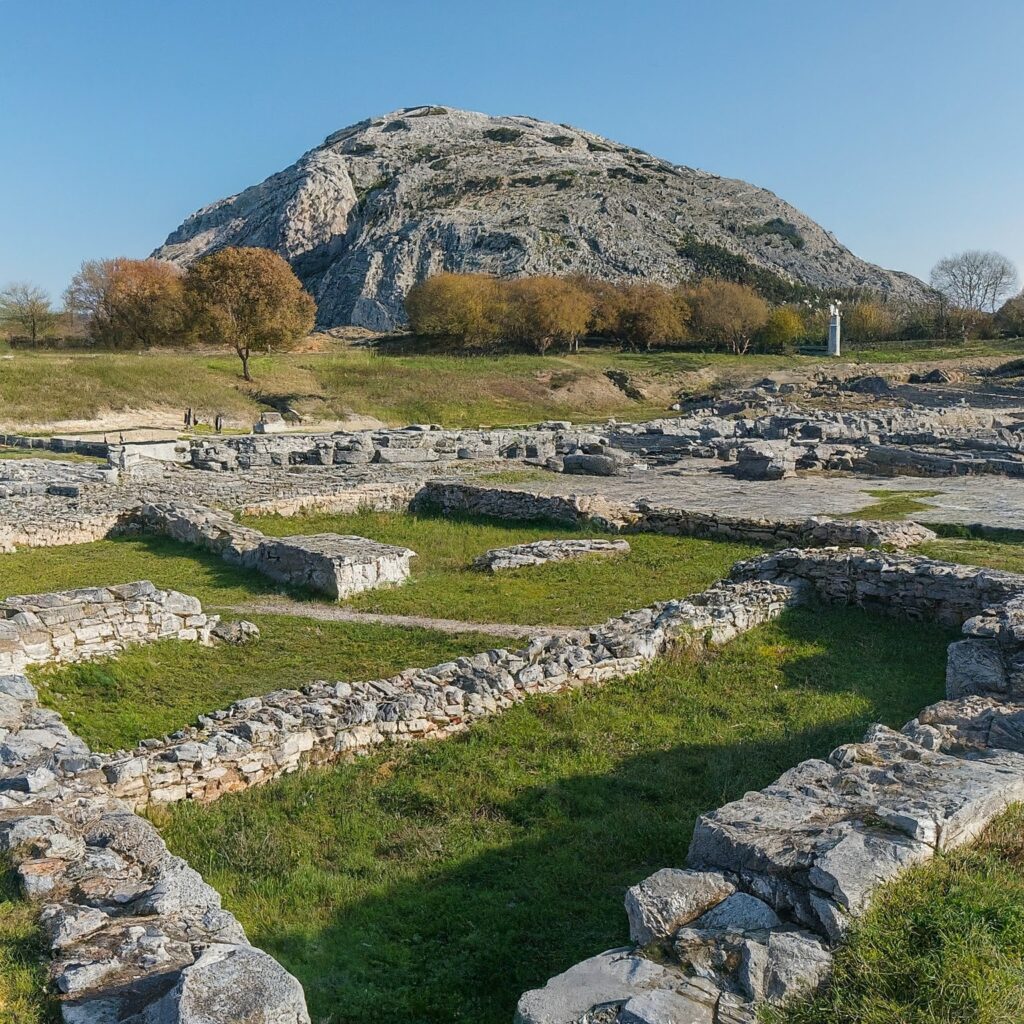
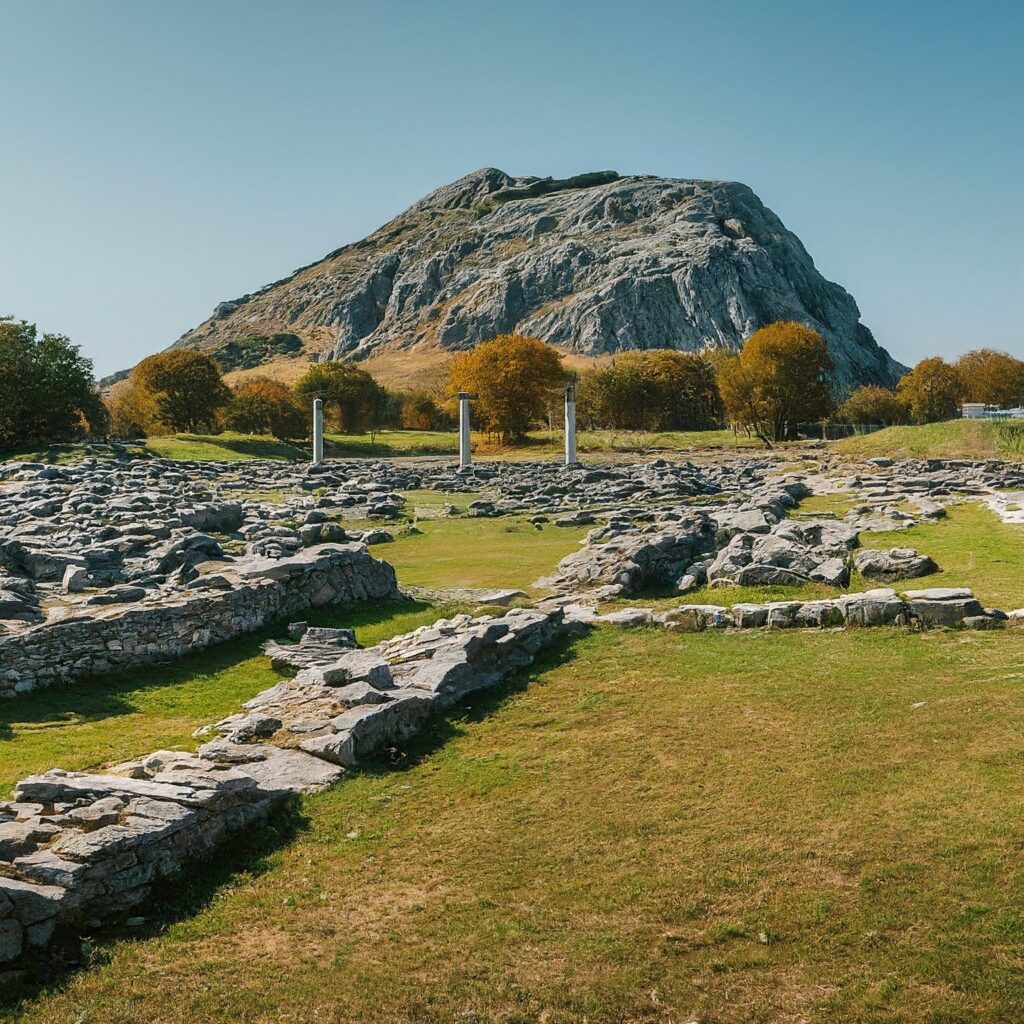
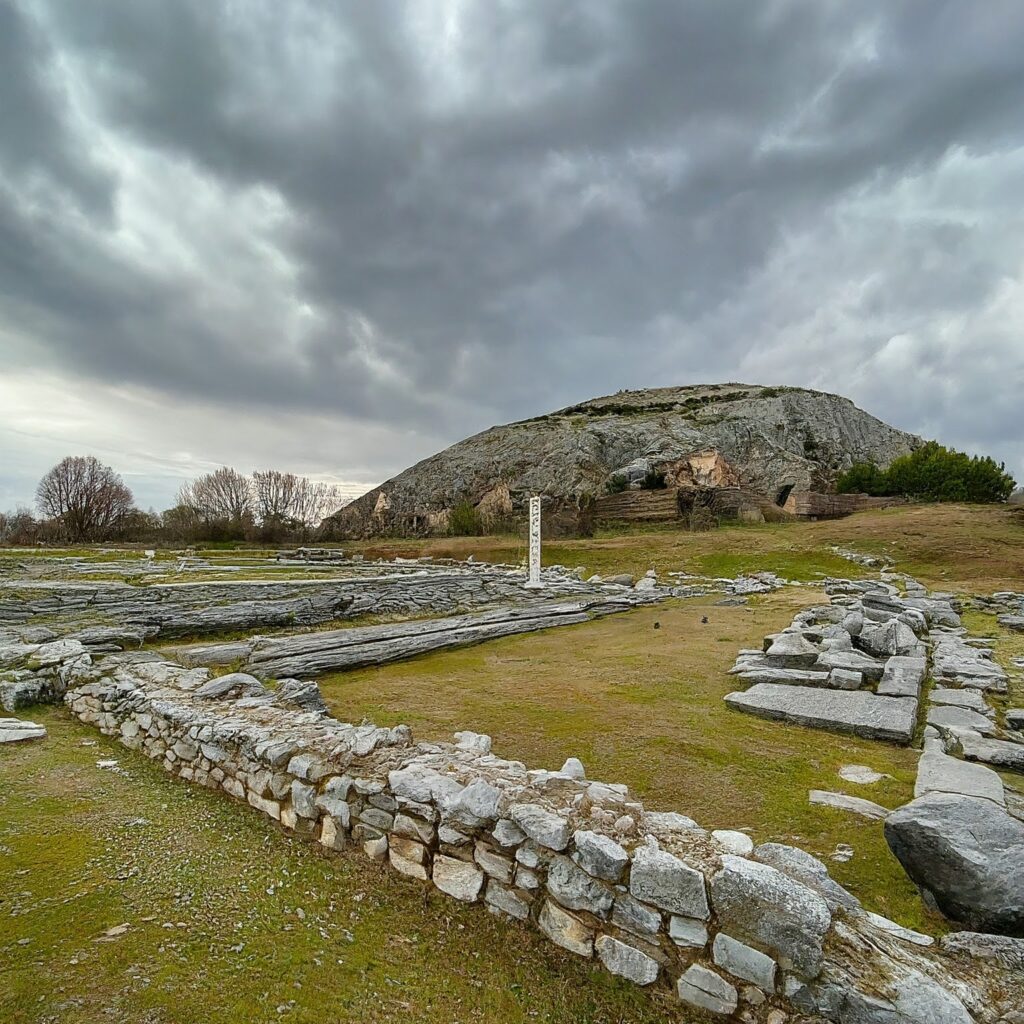

Another landmark event that cemented Philippi’s place in history occurred during this period. The arrival of St. Paul in 49-50 AD on his missionary journeys led to the establishment of the first Christian church in Europe within Philippi’s walls. This development solidified Philippi’s position as a crucial center for early Christianity.
A Legacy in Stone: The Enduring Ruins of Philippi
Philippi thrived under Roman and Byzantine rule, adorned with impressive public buildings like the forum, basilicas, and a theater. However, a series of misfortunes, including Slavic invasions, the devastating Plague of Justinian, and a powerful earthquake around 619 CE, gradually caused the city’s decline. By the 14th century, Philippi had dwindled to a mere village.
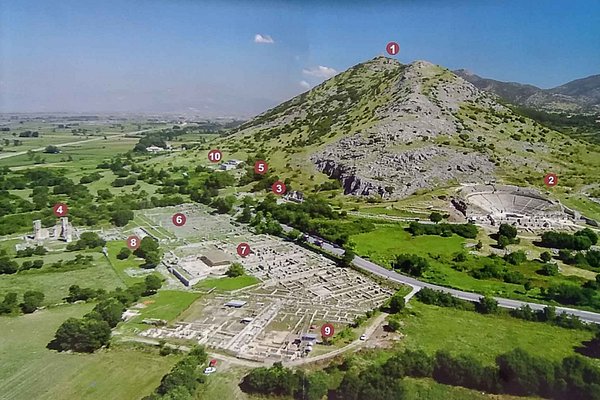
Today, the archaeological site of Philippi stands as a poignant reminder of its glorious past. The well-preserved ruins, including the Roman forum, theater, and remnants of early Christian basilicas, continue to captivate archaeologists and history buffs alike. Visitors can wander through these remnants, each whispering tales of bygone eras and the pivotal role Philippi played in shaping the ancient world.

Leave a Reply